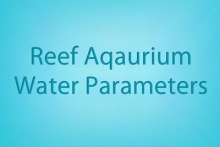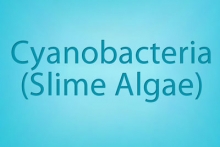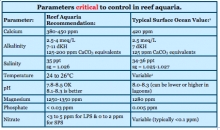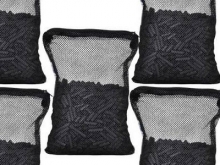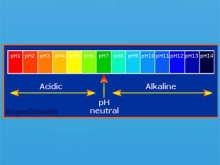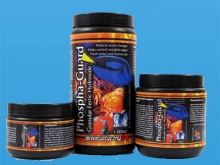Nitrogen Cycle
Ammonia and Ammonium.
Ammonia is largely produced by the breakdown of organic matter i.e. fish wastes and decaying plants. It can be present as toxic ammonia (NH3), also described as 'Free Ammonia', and the relatively non-toxic form ammonium (NH4+).
Reef Aquarium Water Parameters
Aquarists often ask what water parameter levels make for a successful reef aquarium. This article gathers these recommendations in one place, showing them in tables, as well as the corresponding levels in natural seawater.
Salinity
The Salinity (salt content) is a very misunderstood part to the success of a marine tank, as most people only top up with fresh water (RO water) once a week, making the environment very unstable by changing the water chemistry, as opposed to using a top-up system with a reservoir that tops up on a daily basis keeping the Salinity constant.
Cyanobacteria (Slime Algae)
Cyanobacteria is often called slime algae, but actually it's a slime mould.
If you have cyanobacteria in your tank, it is going to look like a thin dark red slimy mould covering the rock surfaces of your tank. This indicates that your tank has a very high level of dissolved organic matter, which is a bad thing.
Reef Tank Water Parameters
Water Chemistry Reef Tank Water Parameters
Aquarists often ask what water parameter levels make for a successful reef aquarium. This is the recommended levels in your reef aquarium versus corresponding levels in natural seawater.
Activated Carbon in the Marine Tank
The use of activated carbon in Marine aquariums has always sparked debate. In the past opinions ranged from “never use it” to “never be without it.” Today most aquarists consider activated carbon a beneficial and necessary component of their filtration system.
Acidity and alkalinity
The initials pH stand for "Potential of Hydrogen." Water is composed of positively charged hydrogen ions (H+) and negatively charged hydroxyl ions (OH-), the pH level is a measure of the ratio of these two ions in a body of water.
What Are Phosphates?
Phosphate or PO 4 is a compound of Phosphorus (P), one of the top 14 out of 70 trace elements found in natural sea water that are considered to be essential for saltwater aquarium and reef tank systems. However, it is also a primary nutrient source for many forms of algae, particularly green hair species, so when high concentrations are allowed to accumulate in an aquarium, it then opens the door for aggressive algae blooms to occur.
Water temperature
As this is our first articles and we are in mid-summer I felt it was appropriate to start off with the problems of water temperature.
First of all the correct temperature for a marine tank is between 24 and 26°C. The reason for this is all coral reefs are at around these temperatures.

